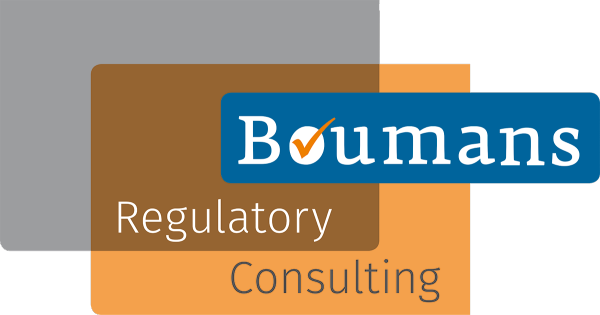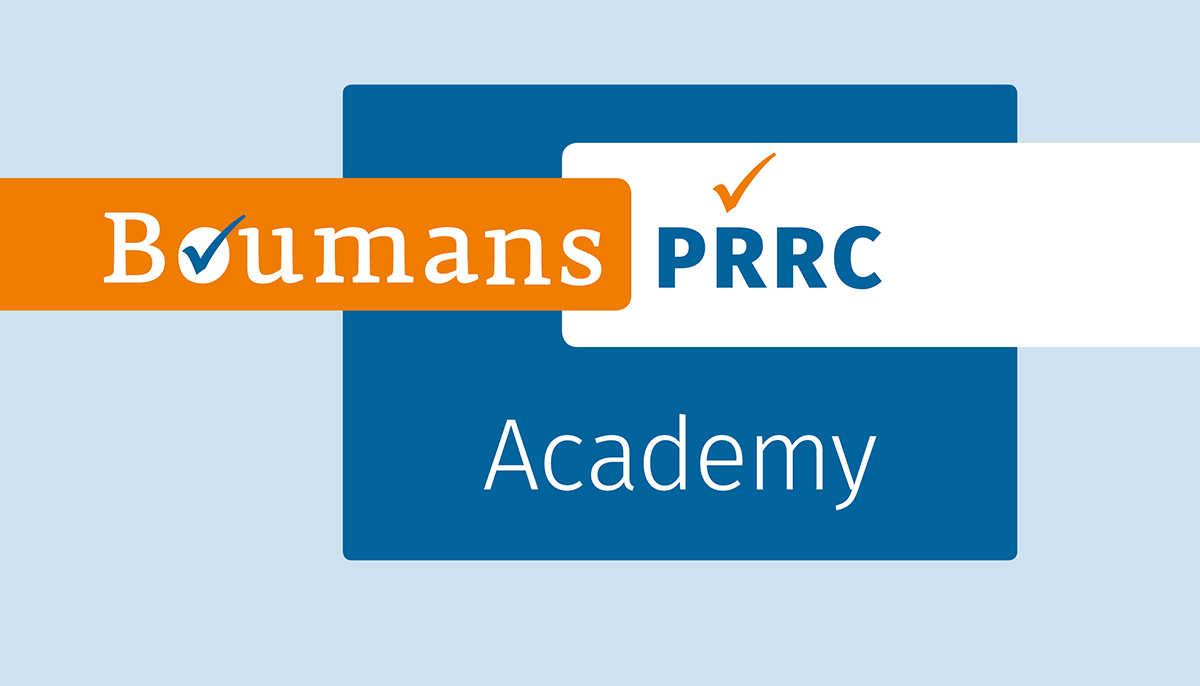UKCA-marking and devices
Medical devices and IVD’s (devices) that are placed on the UK market can still be CE-marked, but the UKCA-marking is also possible. For these devices the UK Medical Devices Regulations 2002 apply, which is basically the UK version of the ‘old’ combined directives (AIMDD, MDD and IVDD). Although the Regulations 2002 have been adapted for the Brexit situation, the rules did not change significantly. It should not come as a surprise that new legislation is now being developed.
At this moment this new legislation has not been published and it looks like this is not going to happen in the next couple of weeks. With at this moment the deadline for UKCA marking set on 1 July 2023, and considering how currently 30 EU notified bodies are not capable of processing all certificates before May 2024, it is obvious the deadline for UKCA-marking may be just a start of a transitional period. This week’s tip is about preparing for this situation.
Scenarios
To get some grip on what to do, it is important to understand the possible general principles for the new legislation the UK could introduce. There are four possible scenarios:
- The ‘new’ UK rules could be kept as close as possible with the current rules, allowing for a ‘non-complex’ transfer of certificates from MDD to UK MDR. First, there are some good reasons why the Directives have been replaced by the Regulations. Second, this will result in a difference between both markets regarding the safety and performance of devices. Third, it will not fully solve the capacity problem of all devices having to be certified specifically against these requirements.
- The new UK Regulations could be full copies of the MDR and IVDR; the beauty of this solution would be that certificates of EU notified bodies can be copied into UKCA certificates (note: even a rubber stamping procedure will take some serious time and resources). The downside would be that just copying EU rules would not signal a willingness to ‘take back control’, which is where Brexit was about. In other words, however practical, this would politically not be acceptable.
- The new UK Regulations are a mix of the EU Directives and EU Regulations, keeping as much as possible from the Directives and only adding some elements from the Regulations that are absolutely necessary. On first sight this may look like an attractive alternative, but when it comes to certification requirements, if something is not totally the same, it is something totally different. Humans may share more than 50% of their DNA with banana’s, but when it comes to who eats who, there is a significant difference. In other words, a half-way approach does not solve anything.
- The new UK Regulations are something completely new; this would certainly show ambitions when it comes to Brexit opportunities. In the public consultation in 2021 there were some signs of such approach, with a slightly different definition of a medical device, some differences in classification rules and differences in the conformity assessment procedures. Similar to the situation of mixing the Directives and the Regulations, if something is not totally the same, it is something totally different. For example, even if a difference in the definition of a medical devices results in only 0.1% of products ending up in a different category, 100% of the justifications must be rewritten.
Each of these scenarios has its downsides and each has its own consequences for industry to prepare for. As long as it is not clear what the new rules will look like, anticipating will be a guess.
Strategic considerations
Right now companies are wondering how to prepare. There is that deadline for which it would already be very hard to achieve UKCA marking, even if the requirements would be clear now. Without those requirements and without any leads on transitional arrangements, it looks impossible to take action. However, there are two basic principles that can be applied:
- The MHRA has a great tradition in pragmatism. They know that they cannot put too high formalities between UK patients and devices that are considered safe and effective in the EU. That means that whatever is coming our way, it will be based on this principle. As a consequence, it will be very likely there will be reasonable timelines for devices that are already UKCA-marked and/or MDR/IVDR CE-marked.
- All four of the above scenarios have in common that a considerable part of the technical documentation will be similar to the documentation needed for MDR/IVDR CE-marking. In most cases main differences are in the conformity checklists (e.g. GSPR checklist) and most of the work goes into the documentation with the evidence demonstrating compliance. Those checklists often use the same evidence, so most of the differences will be result in reorganizing existing documentation.
Strategy: damage control combined with safety in numbers
With the above in mind, companies can now develop their own approach. These are just recommendations, each company should make up their own mind. But from a strategic perspective, this is what I would do:
- First and foremost, scarce Regulatory resources should be focused on MDR/IVDR compliance. Even if certification is planned for later, it is best to throw anything you have into this process now. The EU is a much larger market, and having MDR/IVDR certification is only certain if you actually have that certificate. Also, full MDR/IVDR CE-marking is probably the best starting position to go to UKCA-marking. As a result you may be able to free up capacity for expediting work on UKCA compliance at the moment that becomes urgent.
- Devices already UKCA certified may have longer transition timelines compare to CE-marked devices. Even with the UKCA currently relying on the UK MDR 2002, the UKCA-marking could be more appreciated from a political point of view. However, UK Approved Bodies are already busy and in a situation with high demand and low supply, prices can go anywhere. Even with that UKCA-marking, it is possible that those certificates have only limited life-time. So there should be a very high benefit to justify these costs.
- Make sure your worries are known. There is safety in numbers, but that only works if the authorities are aware of those numbers. Make sure this worry is on the agenda of any stakeholders representation to communicate with the authorities. Try to be as explicit as possible and consider reaching to journalists of the public press. Even hardline Brexiters don’t want to be considered be the reason why down hospital care collapsed in the UK.
And last but not least, make sure you stay up to date with your information on the new legislation. Blogs like these may help with that, and there are several good sources that you can follow.





